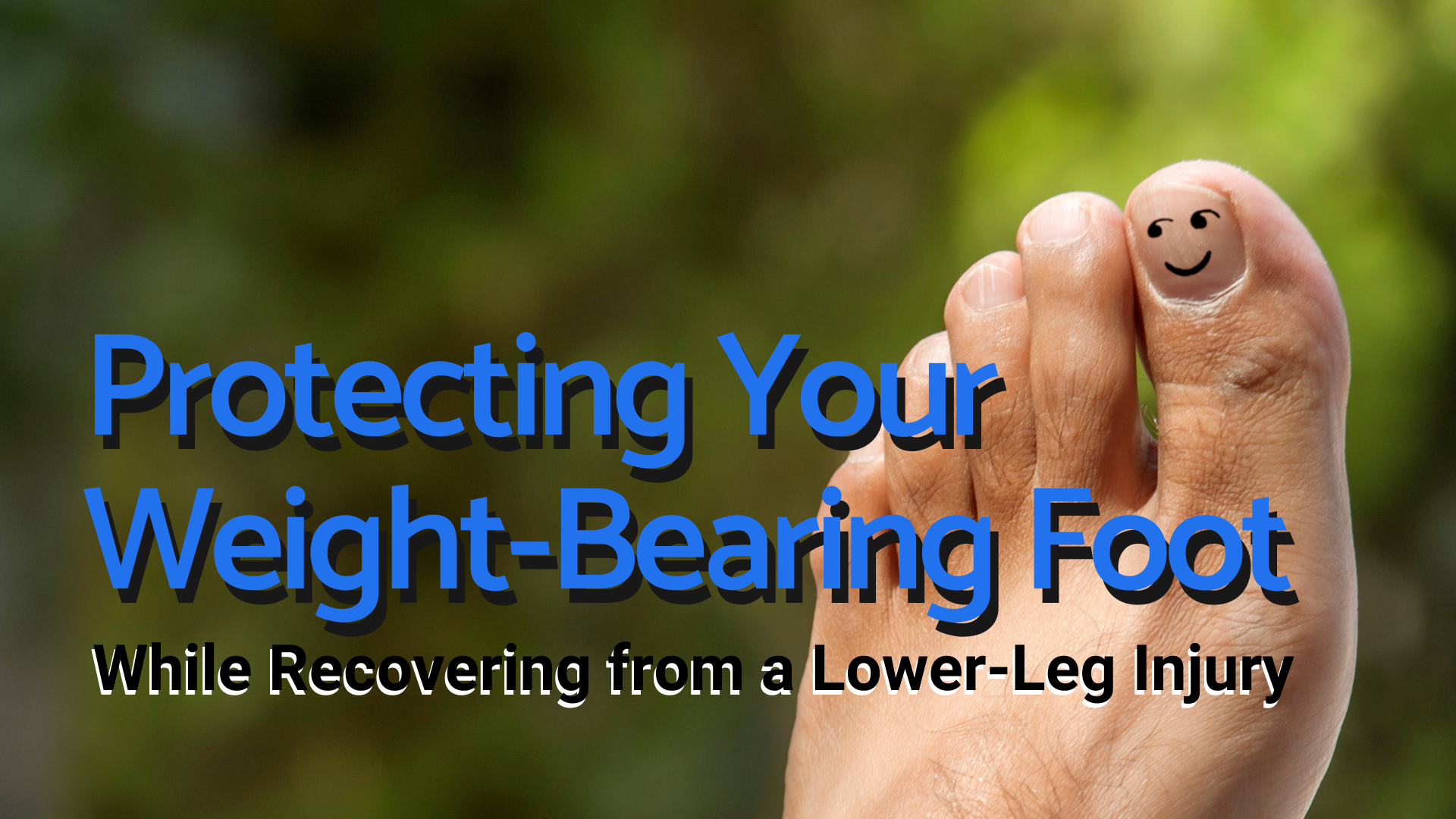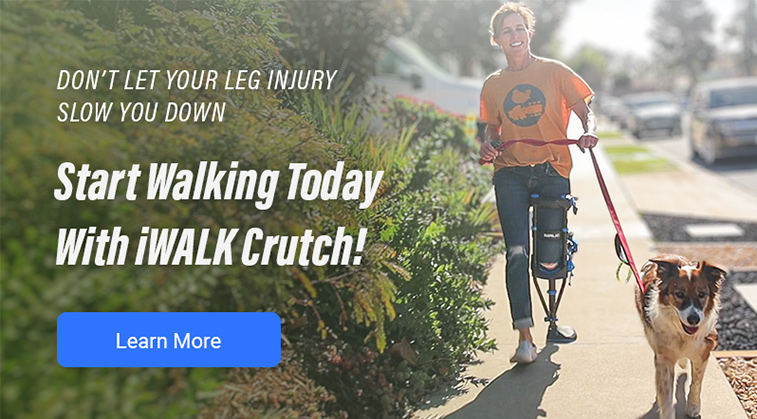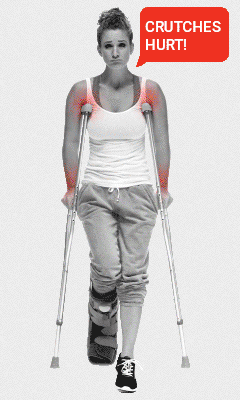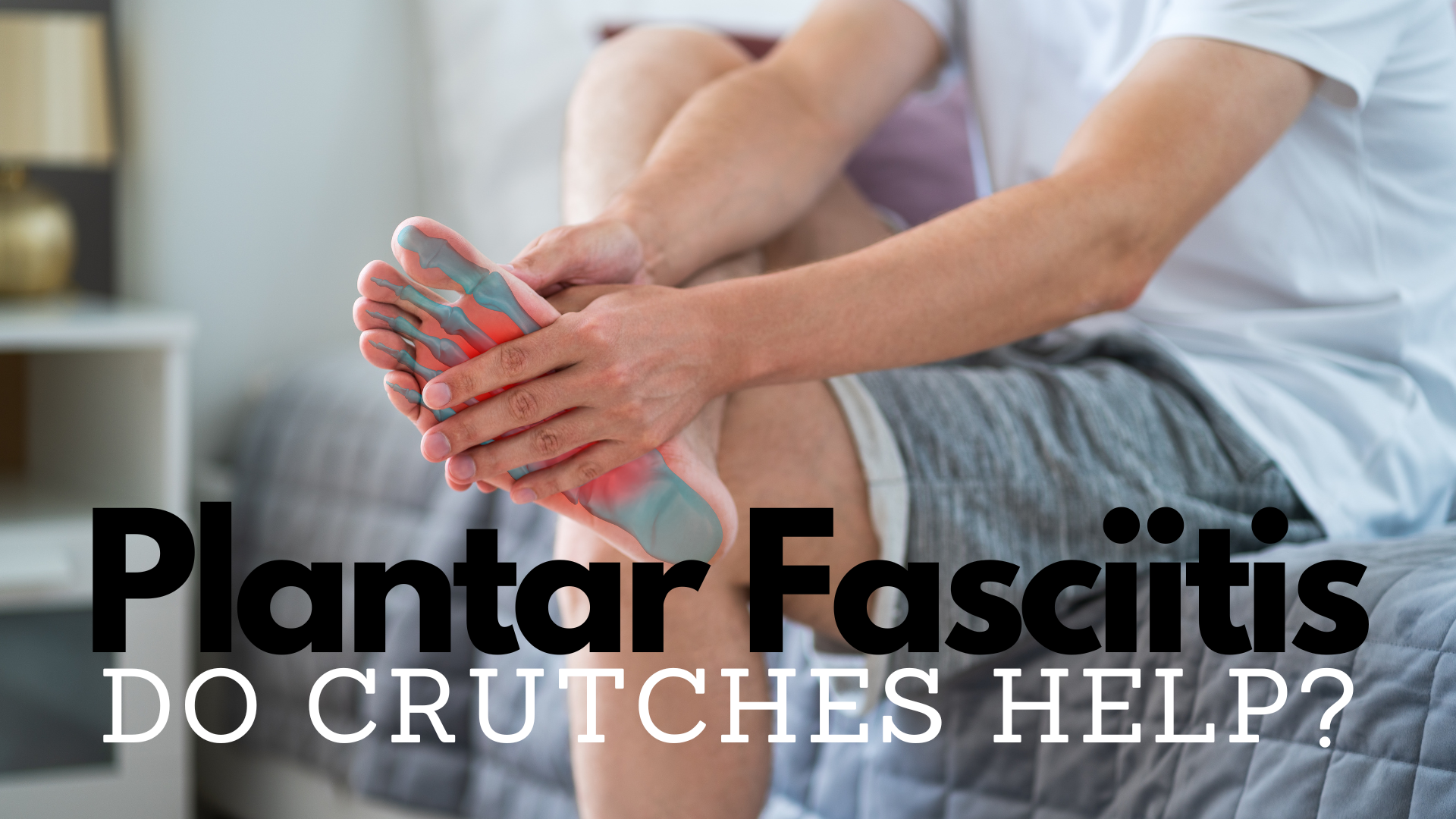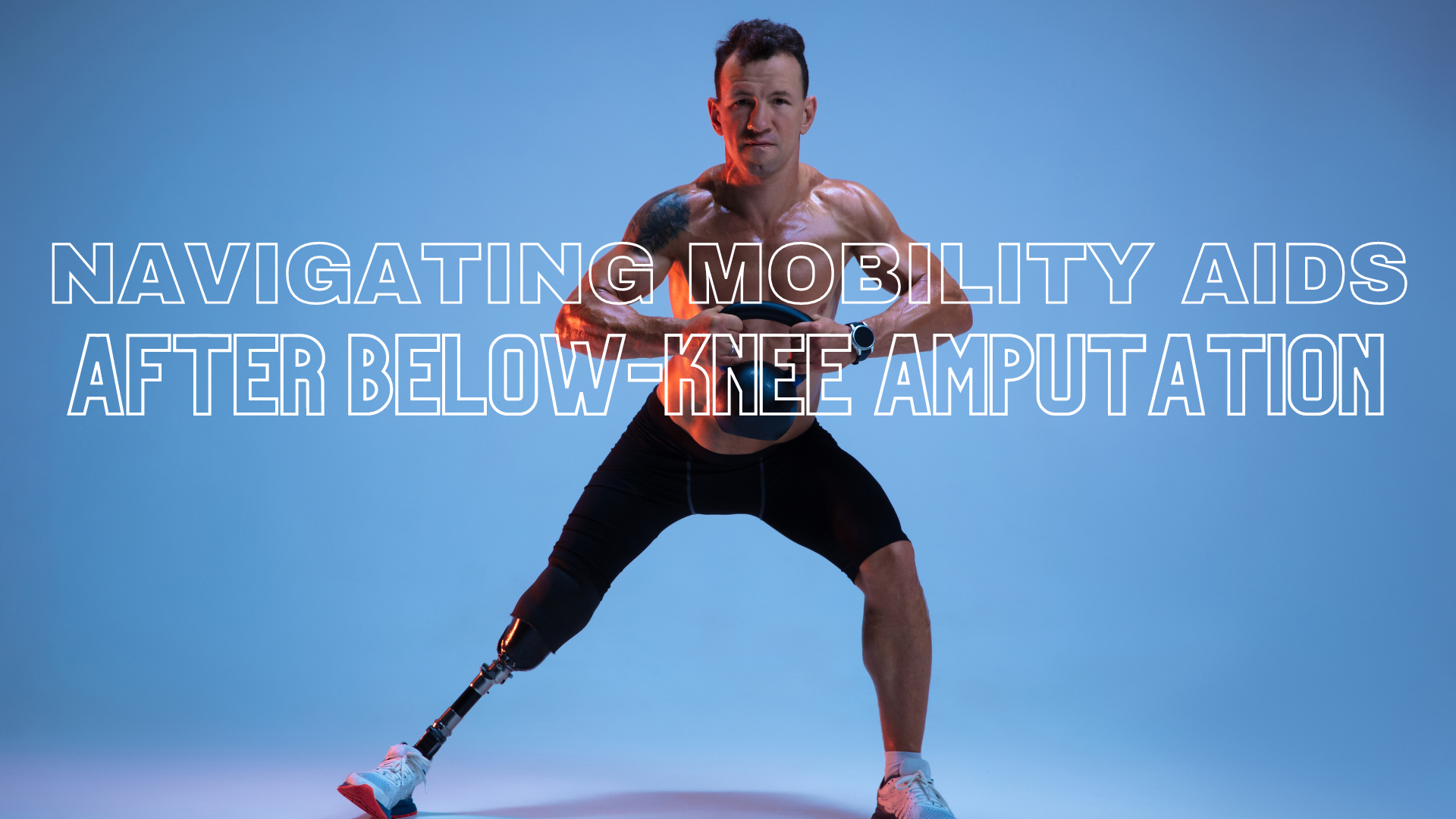If you’ve recently suffered a lower-leg injury, such as a sprained ankle or a ruptured Achilles tendon, you may be wondering how to protect your weight-bearing foot, in other words the foot you put your weight and trust on during recovery. After all, you need to be able to walk and get around, without causing more problems.
When using crutches, you are essentially transferring your weight from your foot to your hands and arms. This can put a lot of pressure on your upper body, particularly your shoulders, arms, and hands. If you do not take proper precautions to protect your weight-bearing foot, you risk further injuring yourself or delaying your recovery.
Although crutches are a conventional tool for maintaining mobility during recovery from a foot or ankle injury, they can be challenging. It’s important to take steps to protect your weight-bearing foot while using crutches, to avoid further injury or complications. In this section, we’ll explore some specific tips for protecting your foot.
To protect your weight-bearing foot while on crutches, it’s important to take several precautions:
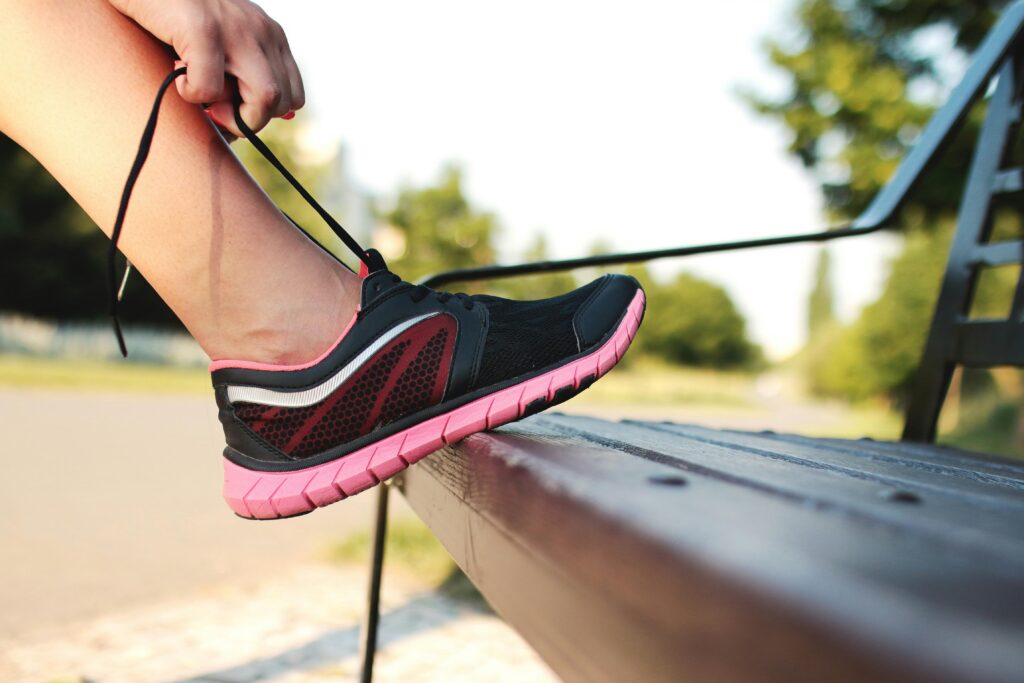
Wear the Right Shoes
First, make sure to wear a shoe that provides proper support and stability for your un-injured foot. Opt for shoes with a low heel, good arch support, and a non-slip sole, while avoiding high heels or slippery soles.

Use Crutches Properly
Additionally, use your crutches correctly by holding them close to your body with your elbows bent at a 20- to 30-degree angle, leaning forward slightly, and placing the crutches about one foot in front of you before stepping forward with your injured foot. Take it slow and avoid rushing or moving too quickly, which can increase your risk of falling or further injury. If possible, avoid stairs altogether, but if you must use them, take them one at a time and make sure to have a handrail for support. Finally, consider using a backpack to carry your belongings instead of a shoulder bag or purse, to avoid putting too much pressure on your shoulders and arms.
Make Changes When Necessary
Make sure your crutches are adjusted to the right height. The top of the crutches should be about one inch below your armpits, and the handgrips should be at hip level. If the crutches are causing discomfort, consider using padding on the handgrips and under your armpits. This can help reduce pressure and prevent bruising or skin irritation. If you are using crutches for an extended period of time, make sure to take breaks and rest your arms and shoulders. You can also use a chair or bench to sit down and take a break when needed. Lastly, don’t be afraid to ask for help when you need it. If you need assistance getting up or down stairs, or carrying heavy objects, ask a friend or family member for help.
Consider Alternatives
Did you know there is an affordable alternative to traditional crutches? The iWALK hands-free crutch, has shown great results in clinical research for a reduced risk of deep vein thrombosis, ability to carry out activities of daily life and more. This type of crutch allows for greater freedom and independence, as it enables users to use both hands freely and walk with their natural gait. It is the better alternative to crutches and knee scooters providing a pain-free alternative, with a reduced recovery time. Learn more about why doctors recommend the iWALK to their patients every day!
In conclusion, protecting your weight-bearing foot while using crutches is essential for a successful recovery. By wearing the right shoes, using crutches correctly, and taking it slow, you can reduce your risk of further injury or delays in your recovery. Additionally, using padding, taking breaks, and asking for help when needed can make using crutches more comfortable and manageable. Remember to follow your doctor’s instructions and listen to your body to ensure a smooth and speedy recovery. Don’t forget to explore the best crutch and knee scooter alternative, by getting your iWALK hands-free crutch today!

